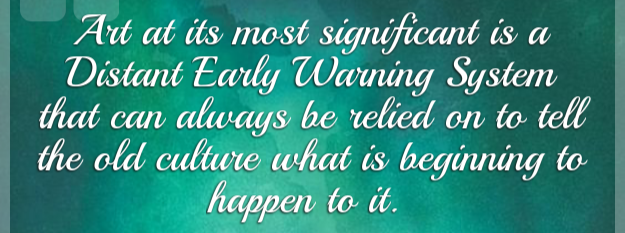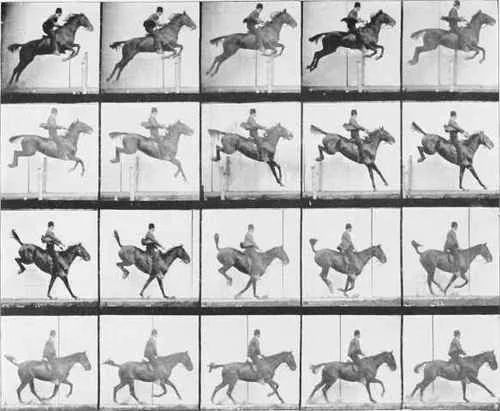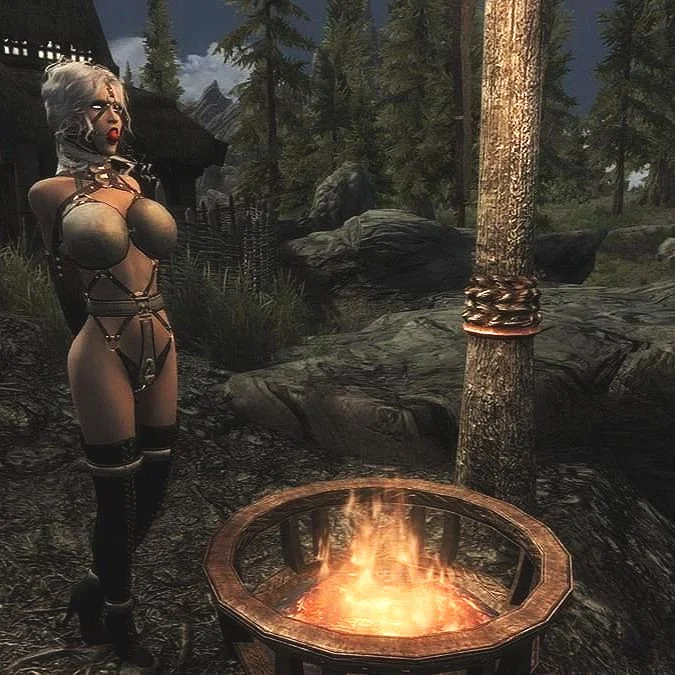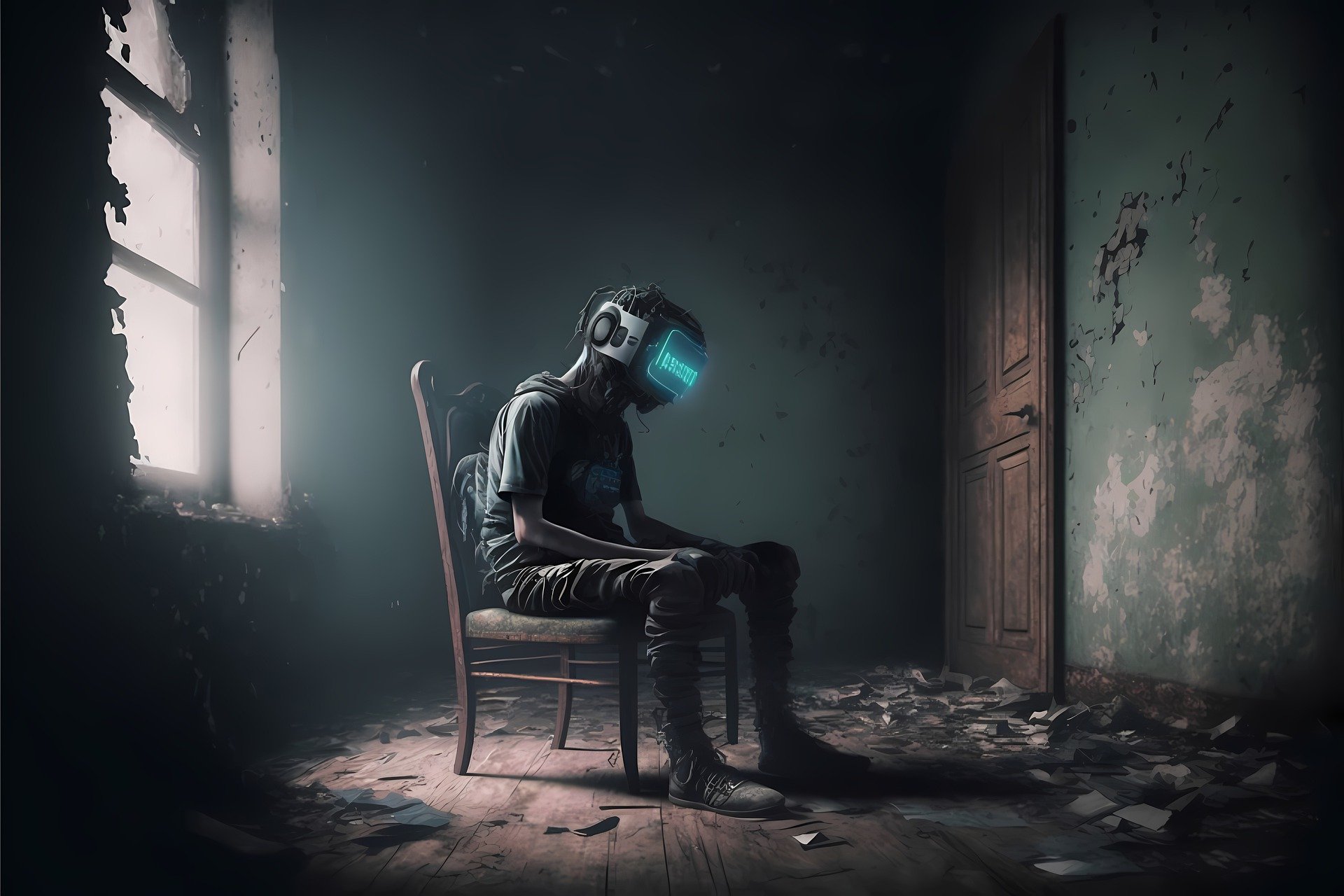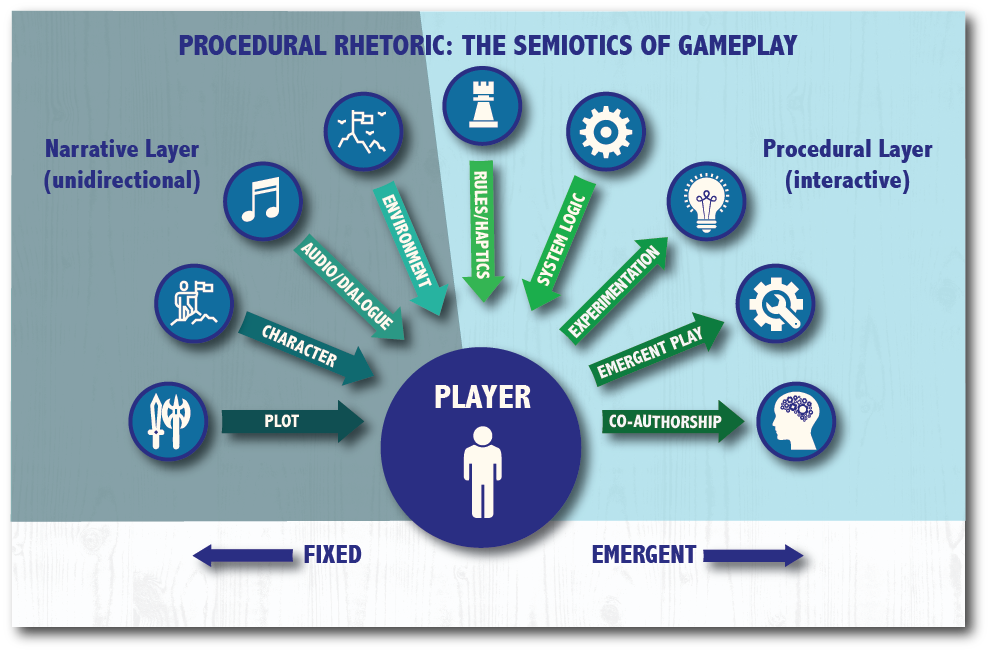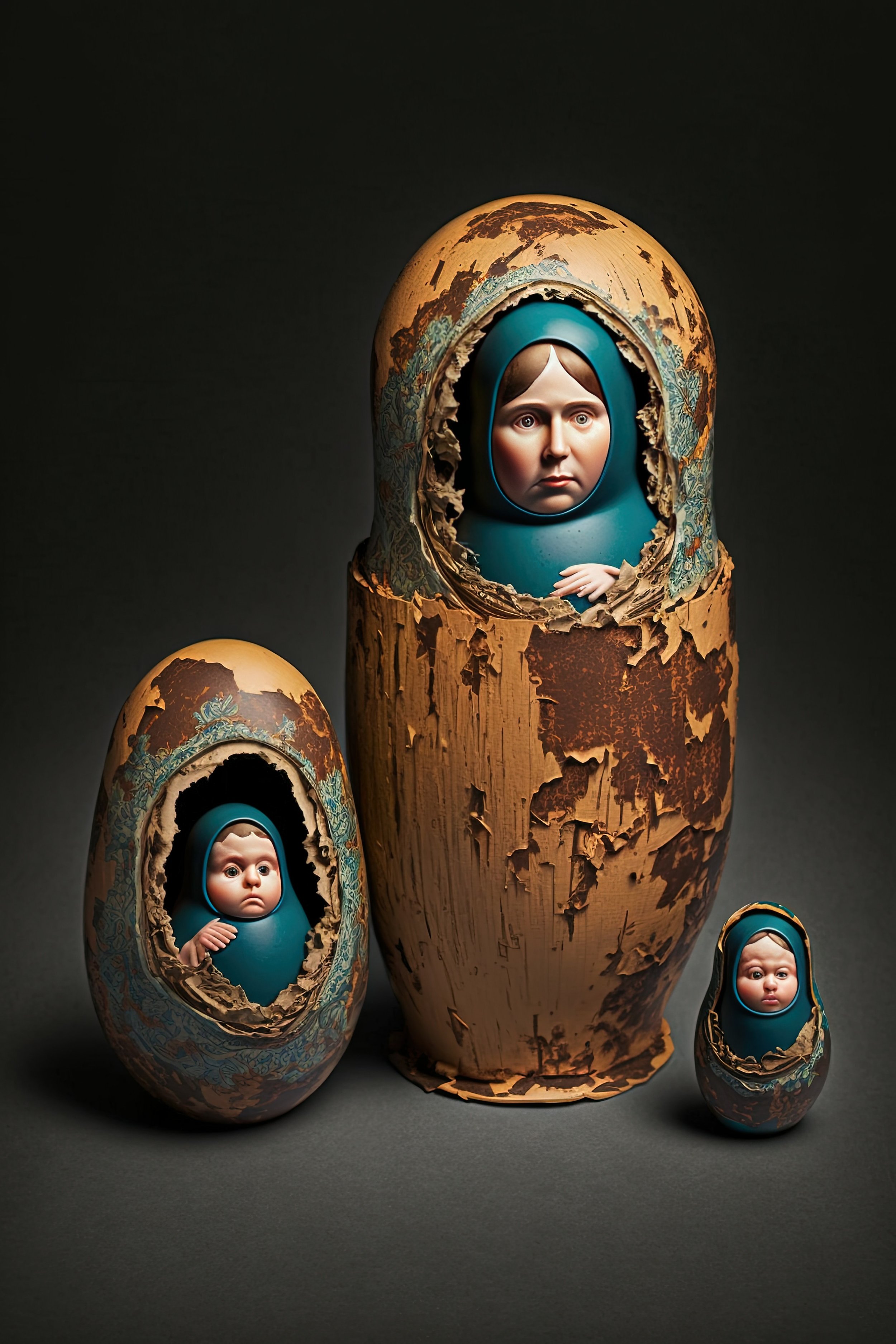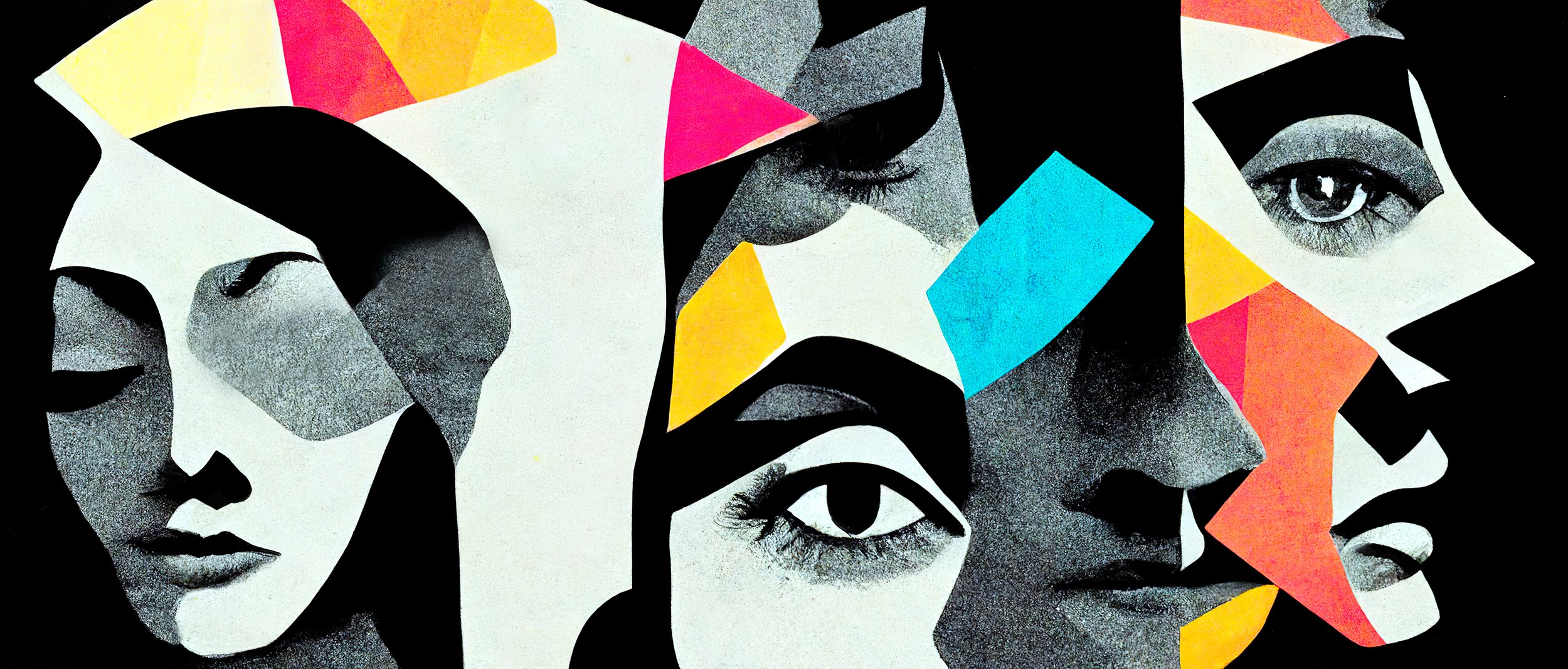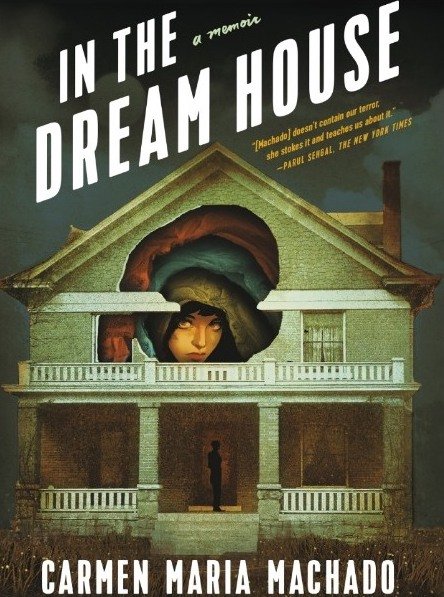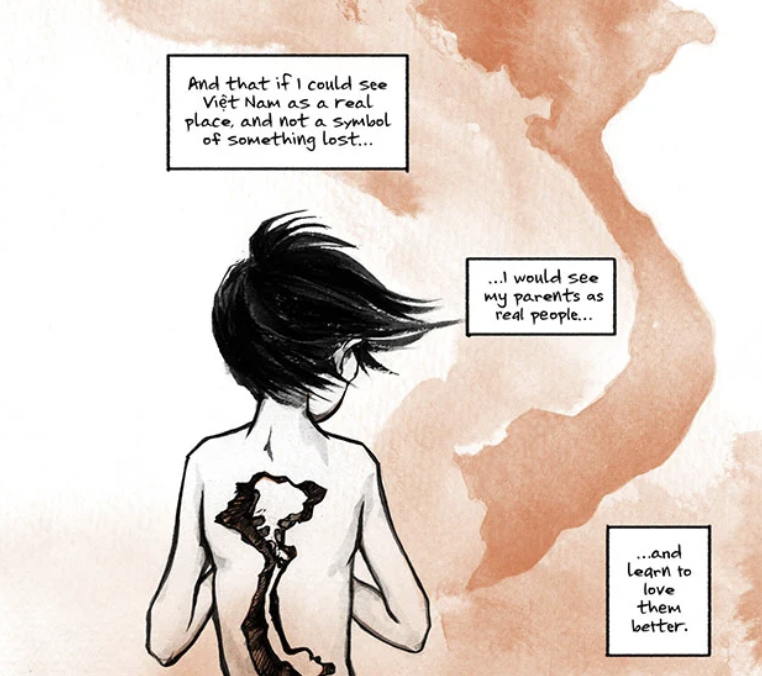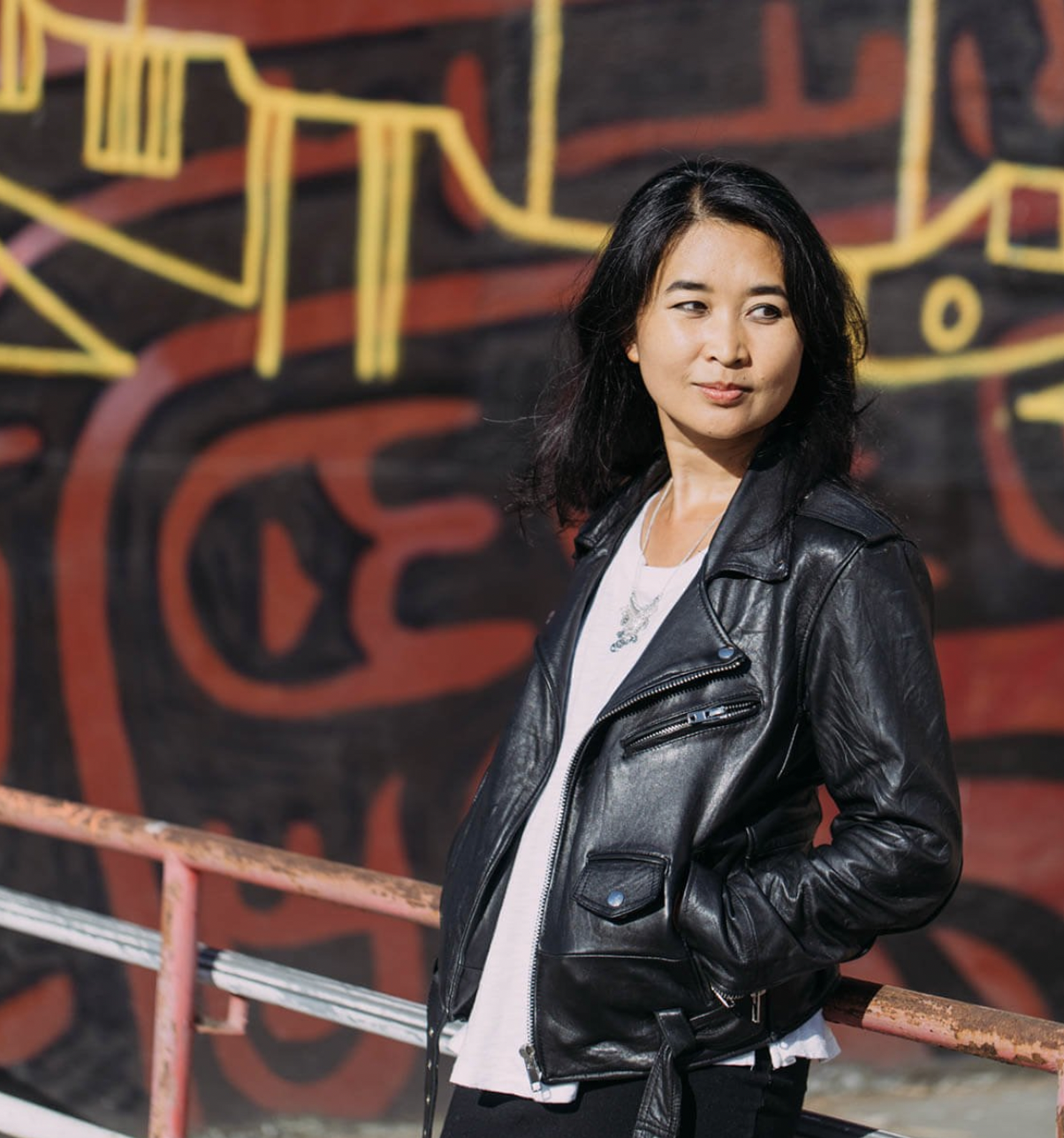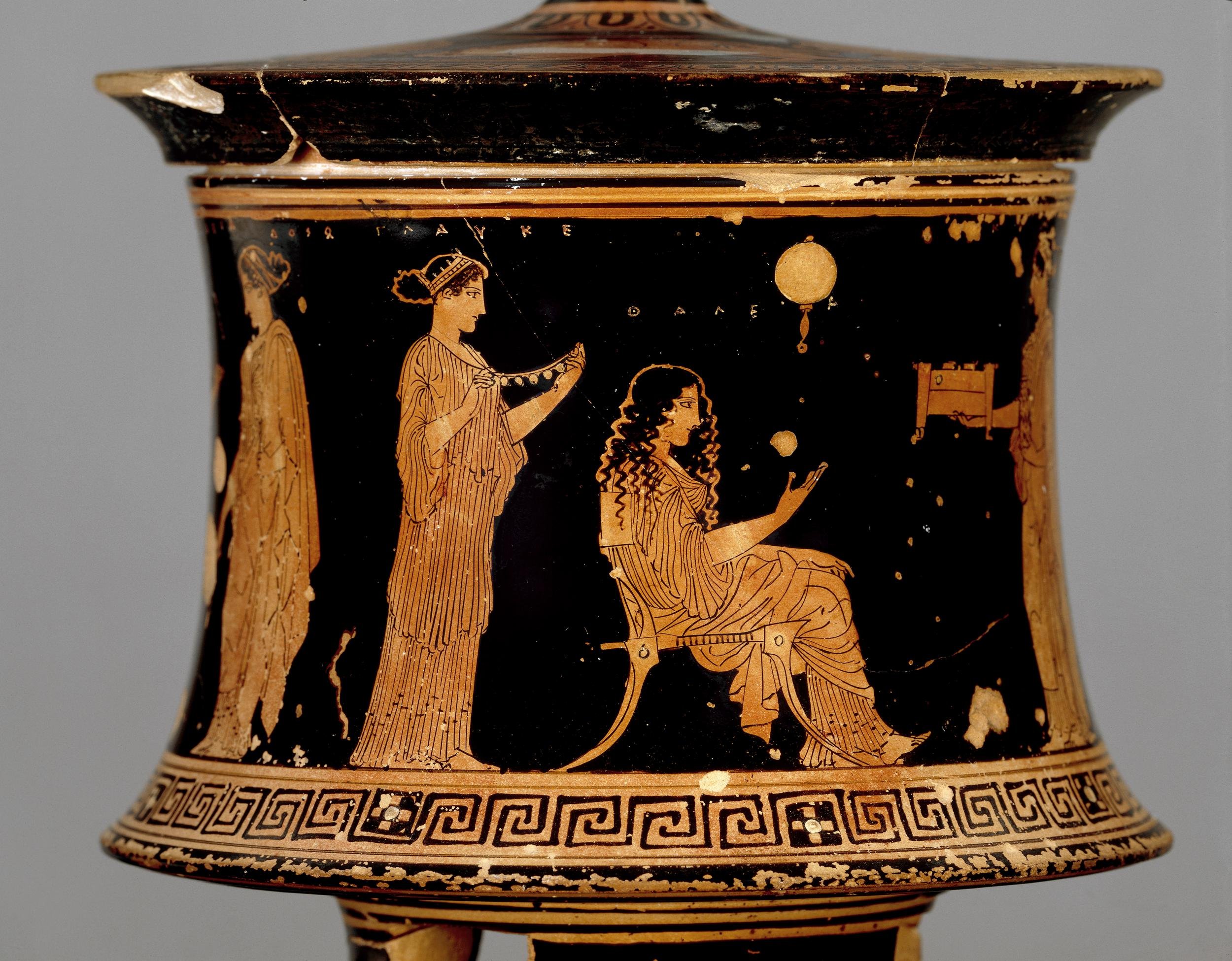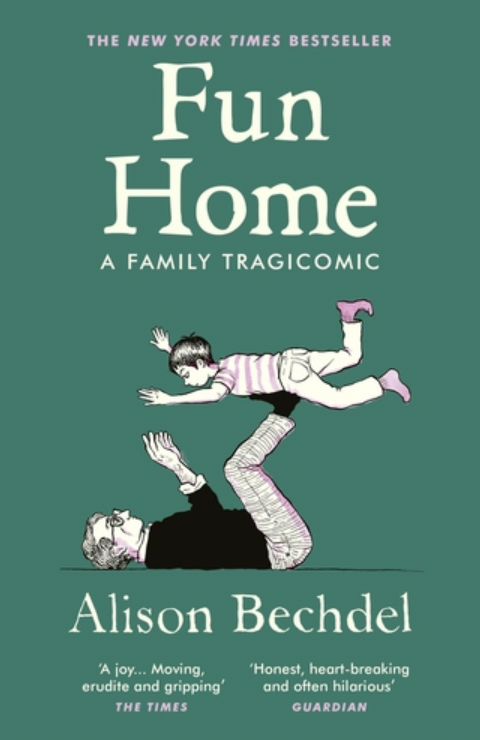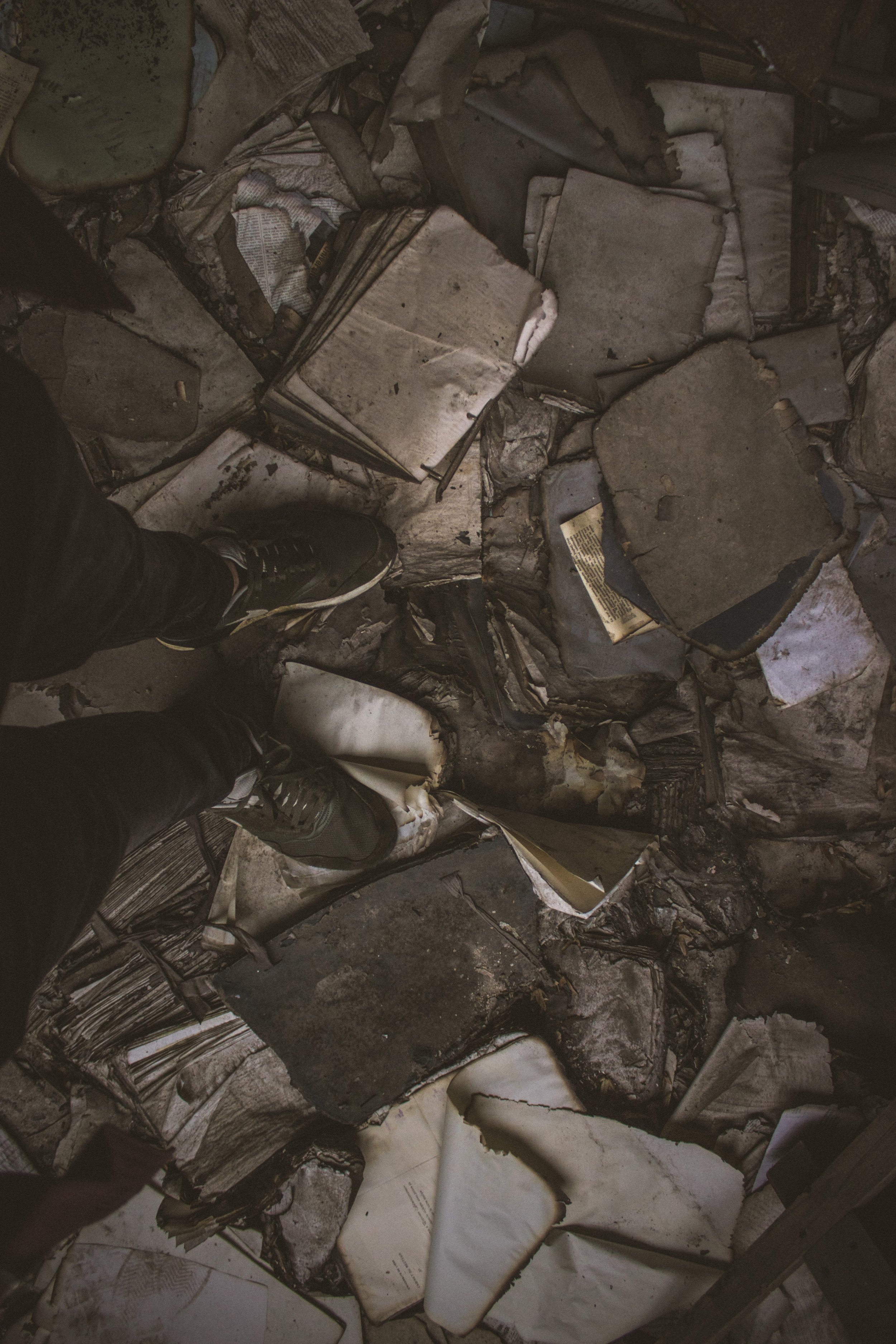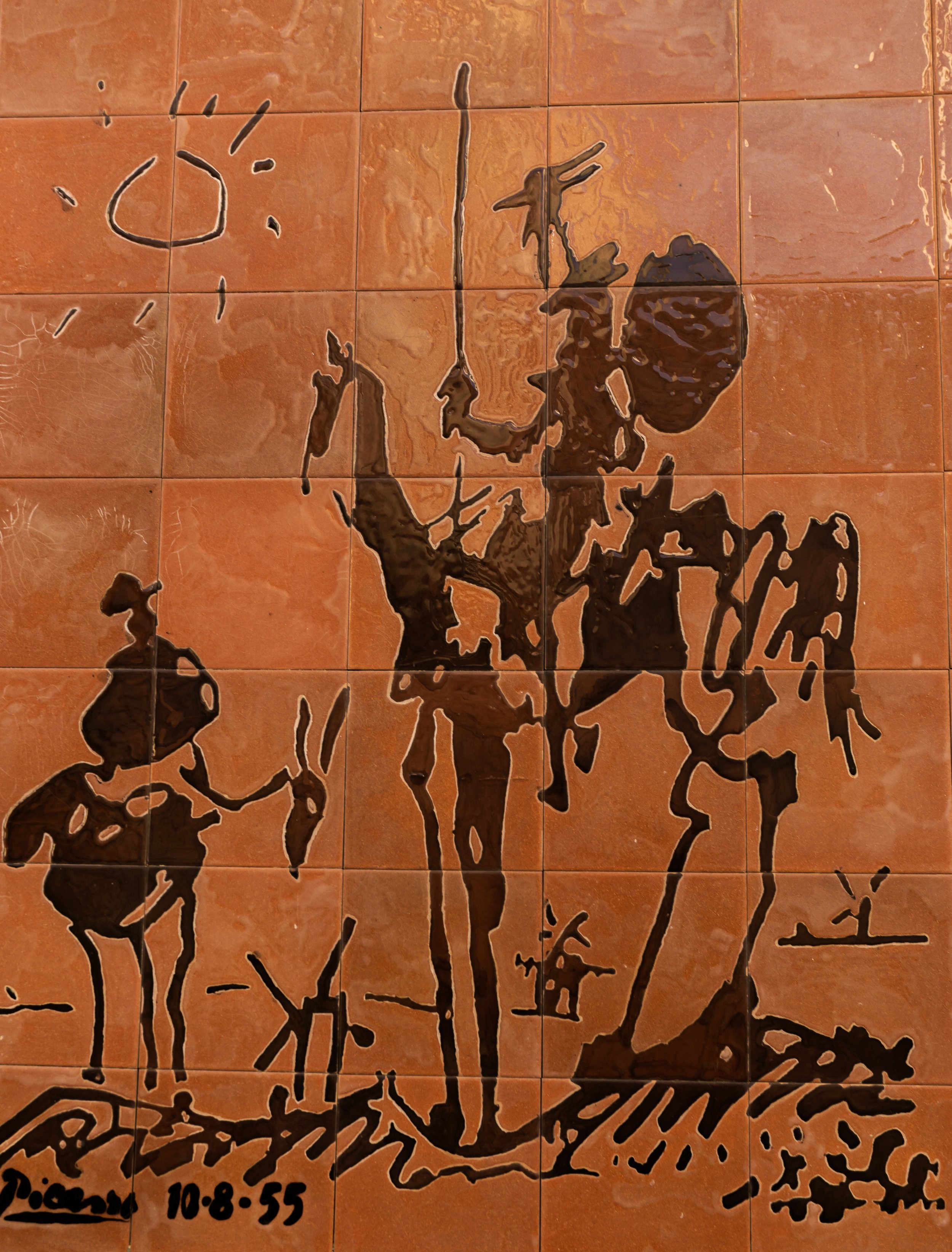After Marshall McLuhan.
“I leave to various future times, but not to all, my garden of forking paths.”
An American was once a “creature of four wheels,” moving in a single direction at a time along the arteries of roads that extend his circulatory system. His choices: Which route to choose. In the digital age he need not ask: He is become a hydra of a thousand simultaneous outcomes and identities, and his world explodes from the singularity of his body into a multiverse of probabilities. The linearity of his world has yielded to a radial array of avatars. He picks up a game controller or plugs himself into a VR set and is instantly someone else, a near-infinite range of “someone-elses” spreads before him. His sense of iterative time extends in so many simultaneous directions that we must now acknowledge that he lives within more dimensions than the three that limited his world for millennia. The machinery extends his body into myriad new realities. Videogames, alchemy-like, refine praxis from the primal matter of theory, and, through simulation, reveal what is hidden. Or, more precisely, they reveal the chinks in reality through which all the world’s misinformation leaks in. Videogames are legible and experiential allegories, forging the raw data of the phenomenological world into experiences that acclimate us anew to that world, reifying Felix Guattari’s insistence that “Cosmic and human praxis has only ever been a question of machines” (66). We are hydras—dynamic biological, social, and semiotic assemblages—meshing, in ever more dramatic ways, with technology.
Since at least the pre-neolithic era, man’s survival depended on his ability to imagine contrafactuals—to follow lines of reasoning down to their imagined logical conclusions. He has always lived, in Borges’ words, within a “Garden of Forking Paths,” where the lifecycle of his decisions depend on the favorable or unfavorable comparison of one potential outcome and another. Man survives because his mind can run predictive algorithms. In games and stories, he can explore choice and consequence without any risk of harm, a fact that distinguishes him from other species. In more primitive times, orally-transmitted poetry, folk tales, religious texts, and hero epics emerged and gave wings to this imaginative capacity, became “dramatic enactments of a cosmic struggle” wherein “the spectator role was plainly religious” (McLuhan 237). Stories grew through the nutritious soil of lived experience like a root system, nourishing and being nourished by it. The primitive firepit, the mead hall, the Classical stage, the colosseum, became the liminal spaces where man suspended his action-oriented prefrontal cortex and voluntarily yielded to the numinous contrafactuals that build consensus and impose order on the chaos of reality. Human beings temporarily suspended the will to action and indulged in pure identification. In Norman Holland’s words, when we hear stories:
our mirror neurons fire as if we ourselves were doing the same thing. Because we are acting (in imagination) like [the speaker/actor], we will feel the same emotions as the person in the situation we are watching. In an emotional sense, now, we are empathic. We identify. (82)
Man’s world is animated by the daemons and sprites of story, and these identifications are superimposed over lived experience so that the stochasticity of his reality becomes, at last, tolerable.
Once the linearity of writing changed the stuff of reality, what had been public, shared, and oral became private and individual. Silence descended over the meeting halls. The ethos of libraries was born. Man’s mind turned from a rhizome with messy shared branches into a nautilus shell with bespoke chambers and curving hallways for him alone to navigate and explore. The urge to find a reality shared with others was mediated by distance; and what had been instantly received in the form of images and speech became perceived through the interpretation of written signs. Man’s mind became home to his own infinity of branching possibilities. Today, this privacy is intensified by orders of magnitude. Man has outsourced the capacity of imagination to calculation machines. Man rides the machinic decision trees to a million conclusions. The computer is a human mind in extremis. Its imagined worlds are supplanting reality in increasingly complex ways, until they are more real than reality. Videogames are the apotheosis of this trend. They take data-processing computer—a black box for all but the most experienced programmers—and give it legibility by adding the material that man uses to make sense of the real: The visual, the aural, and the haptic. In games, the real world is revivified and intensified. Holland says that metafiction gives us a reality that is “known to fictional others within a fiction which is itself physically real because it is the book we are holding in our hands at that moment” (Holland 76). Videogames are engines of metafiction, suspending man between fiction and reality, and requesting him, at all times, to reappraise his lived, embodied experience. He navigates the zone between fiction and action in a fundamentally allegorical space. While absorbed in the spatiotemporal complexities of a game, man is primed for allegorical messaging. Videogames provide seeds of conjecture which are spread and propagate on the wind of his human dreams. These dreams are fast overtaking waking life. Man now lives inside a vast, manifest multiverse—a universe-sized nautilus that is an everything, everywhere, all at once. Running simulations is all he does.
Why does man submit to these transhuman experiences where his body and mind enter into a collaboration with technology for the purpose of bringing about fictional results in virtual spaces? We might note that such practice is necessary at this current moment, when the increasing gamification of the real world—in man’s work, his media, even his wars—is spinning reality into videogames all around him. Participation in digital narratives provides a momentary look beyond the hyperreal slurry of the imaginary he shares with his fellow man to the bedrock axioms upon which our postmodern world is built. As previously established, games are “collective, social reactions to the main drive or action of any culture… extensions of social man and of the body politic” (McLuhan 235). This is no less true now that reality is fusing with games. Jacob Gaboury, in Image Objects, argues that in the contemporary world, computer images are melding with physical objects in the minds of men such that they are no longer quite separate: Modern man conflates the iWatch with the pixels on its screen; a physical desktop with a virtual one. Games become a way to negotiate this slippage, the “collapsing of the space between the digital and physical, that embody the and/both quality of our world” (195). This ontological slippage allegorizes the postmodern condition.
Videogame avatars provide trial runs for actions and identities. Alexander Galloway argues that the satisfaction of play is mastering ludic patterns and learning to turn this ergodic effort back on the wider world. The work man does playing videogames helps him navigate a reality that is increasingly gamified. Galloway calls the reciprocity between allegory and algorithm the “allegorithm” (89). In Western civilization’s key allegory, man mistakes shadows on the wall for reality. Videogames perform a system upgrade on Plato’s cave, transforming it into the “allegorithm” that teaches man not to trade in one ontological system for another but to toggle between them. All the war sims on the market highlight how war and war reporting are increasingly indistinguishable from games; the graspable rules and scripted fair play of games alerts man to their lack in the “real” world; and he feel the possibility of authentic forms in neither the ludic algorithm nor in life, but in the gap between them. Galloway argues that,
The gamer is… learning, internalizing, and becoming intimate with a massive, multipart, global algorithm. To play the game means to play the code of the game. To win means to know the system. And thus to interpret a game means to interpret its algorithm (to discover its parallel “allegorithm”) (Galloway 90-1).
These allegorithms are all around the player in the ludic ways he is asked to navigate his life. Siri makes hands-free phone calls for him; Alexa orders goods; his cars are beginning to drive themselves; a wrist computer tells him how many steps he has taken in a given day; his child’s school uses software that doles out rewards and punishments using sounds and visuals from a casino; an app soothes him to sleep at night; another wakes him; the stock market’s caprices determine his wealth on any given day; his credit score restricts or permits access to various spaces. Videogames are built atop mechanical systems with which the player collaborates, unlike the algorithms that control him in the wider world. He can exert agency in a game that might awaken a thirst for agency outside of the game. Games change as cultures change, and we learn what cultures are becoming when we examine their games. The structure of our current games soothes the fear of being psychically murdered by our technology. When one avatar dies, another takes his place. When the head is chopped off, another one grows, and so on.
Works Cited
Borges, Jorge Luis. “The Garden of Forking Paths.” Ficciones, Grove Press, 1962.
Gaboury, Jacob. Image Objects: An Archeology of Computer Graphics. The MIT Press, 2021.
Galloway, Alexander R. Gaming: Essays On Algorithmic Culture. U. of Minnesota P., 2006.
Guattari, Felix. The Three Ecologies. Translated by Ian Pindar and Paul Sutton. Continuum, 2000.
McLuhan, Marshall. Understanding Media: The Extensions of Man. The MIT Press, 1994.



